Simple sales techniques to convert opportunities into customers.
When I was 12 years old my dad asked if me I wanted to make some money. I did. He said a great place to start was in sales. My family owned a printing company, so he printed business cards for me, handed me a large book of Christmas card samples, an order book and told me to put on a suit. He dropped me off in a business park and sat in the car while I made my way from business to business.
I did make few sales that day, more than likely out of sympathy for a nervous pre-teen wearing a suit, than for my powers of persuasion.
My dad gave me a lot of things for my initiation into sales, but there’s one important thing he didn’t give me–training on how to sell.
Everyone is in sales from time to time, whether it’s your day-to-day profession or selling something on craigslist. Over the years I’ve learned a few truths about selling successfully.
How to Make Successful Sales
 #1 If You’re Not Memorable You’re Not a Choice
#1 If You’re Not Memorable You’re Not a Choice
Research shows that it takes an average of five touch points to convert an opportunity into a sale. 10 years ago, my wife and I purchased a home through an independent real estate agent. Since then, each family member receives a handwritten card on our birthdays and on the anniversary of our home purchase. It’s obvious that he does this for all of his past clients, but even that small effort puts him in the “first in mind” category when others mention buying or selling a home.
Reminding prospects that you are available and willing to help is an investment in the future. If they don’t know you’re out there, you’re not a choice. When you do contact them have something valuable to share. It can be an industry update, a new service or an improvement on a product.
One final note. A handwritten note on a preprinted card has far more impact than an email or a call. It shows that the prospect is important enough to dedicate the time and effort to write and mail a note to them. Writing is becoming a lost art and it can be a positive separator from your competition.
#2 Likability is as Important as Knowledge
It’s not difficult to be likable, and the 20/80 rule works in any conversation. Simply talk 20% and listen 80%. Drop the elevator pitch, because it focuses on you rather than your prospects needs and it’s easily perceived as being rehearsed.
Show genuine interest and curiosity in your potential customer’s industry and offerings. Start with open-ended questions, because they require more than a yes or no answer. For example, you can ask, “What’s the overall response from your market since the new product launch?” or “What changes do you see coming to your industry with the new regulations?”.
Being a good listener demonstrates that you care about your prospects needs. Repeating back the essence of your prospect’s conversation tells them you not only hear them–you understand them. For example, your prospect says that deliveries from their current vendor occasionally arrive late. Your response could be, “Late deliveries delay your production lines, so I can see why you would be frustrated. Our shipping department sends out real-time updates to our customers so they always know their shipping status and we have a 97% on-time delivery rate.”
#3 Use The Rule of Three
A study by UCLA found that three is the perfect number when making sales points. Pick three unique selling points that your competitors cannot claim. There’s no reason to repeat them in a conversation or touch point because if they truly are unique and valuable to your prospect they will be remembered.
Surprisingly, it can be an advantage to mention a strong point of your competitor, because it demonstrates that you know your industry and the competition. I make sure that it’s not a critical need of the prospect. I present it as, “They do a great job of (strong point), but we surpass them in three important areas…”. It’s never a bad strategy to be genuine about what you can and can’t do, because it presents you as an honest and credible resource.
#4 If You Don’t Mean It Don’t Say It
I shop at a local grocery store because it is clean, has good prices and I know the layout of the store. Unfortunately, the managers of the store have instructed all of their employees to engage every customer they see with either “How are you today?” or “How is the day going for you?”. I know they have no interest in my day, so being asked that repeatedly makes me shop faster and avoid the aisles with employees in them. The intent is to make customers feel welcome, but in my case, the false sincerity reduces my purchase amounts and thus my customer lifetime value.
Small talk and superficial interest wastes everyone’s time and doesn’t further your agenda of making a sale. Taking a genuine interest in your prospect’s needs in a casual, honest and conversational style leaves a good impression and moves you closer to “yes”.
#5 Prepare to be Excited
I used to perform public demonstrations of a product that I truly enjoyed using myself. I got a great deal of satisfaction in demonstrating the features and sharing the tips that I used to get the most out of the product. I even steered some attendees away from more expensive models when a smaller version would fulfill their needs.
Occasionally, someone would ask me if I was the owner of the company. It was apparent that my enthusiasm, knowledge and use of the product led them to that conclusion.
Let your prospects see your passion if you truly feel that way. Unfortunately, not every product or service is exciting. In those cases, having a passion for solving problems and sharing how others have benefited from using your product or service goes a long way to closing the sale.
Conclusion
In the end, effective selling is about making connections in a genuine, intelligent and casual manner. Make a habit of staying in touch with your prospects with relevant information and make the effort to put at least one of your rotating touch points in writing.
On the topic of writing–one of my Christmas card orders had a typo and had to be reprinted. My dad made the point that I had lost all of the profit on the sale due to my mistake; teaching me the importance of accuracy. That point still follows me today.
Communicating in print is effective and it should be a consistent element in your overall strategy to move your prospects to a “yes”. Let’s talk.


